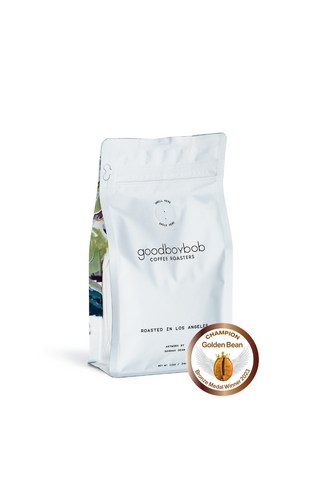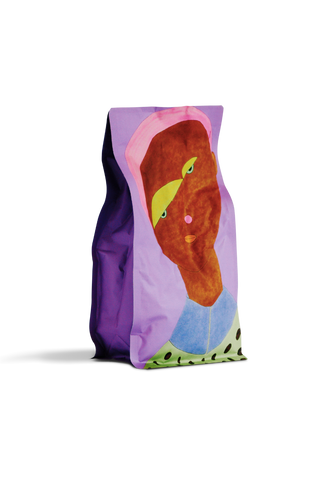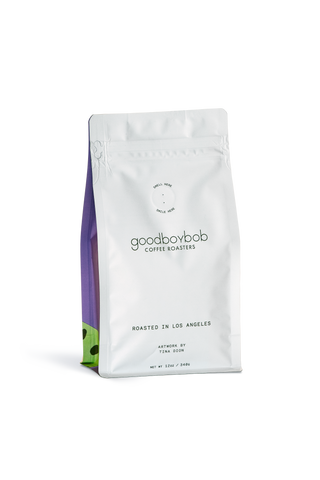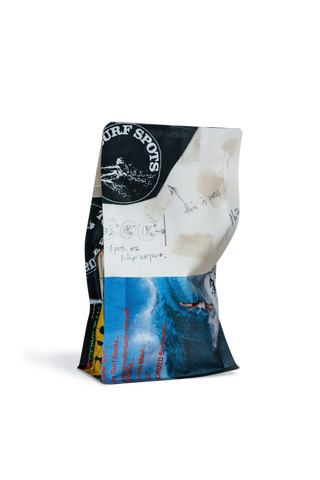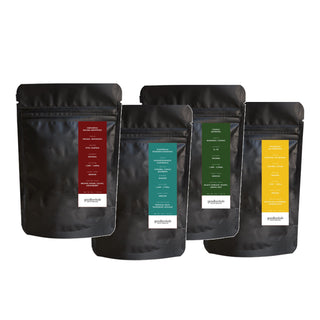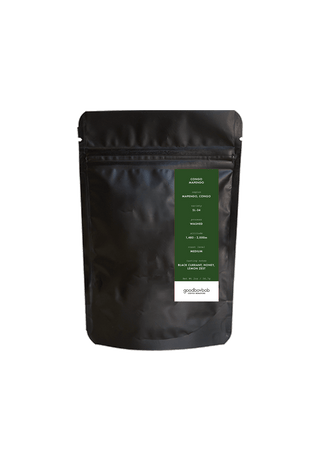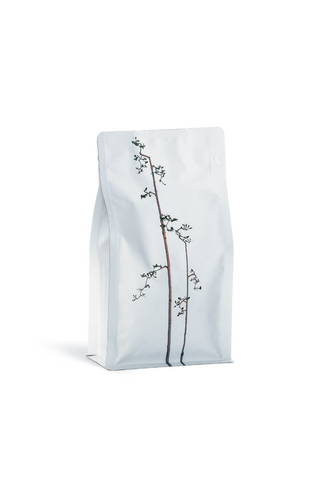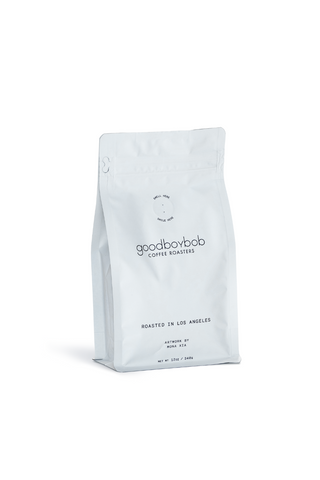
Let's get into it
Creating the best cup of coffee is a topic of conversation that unites enthusiasts and hobbyists alike. Even those who are merely coffee curious like to join in the discussion, recognizing that the pursuit of the ideal cup is as subjective as the age-old debate over the best Zodiac sign (it's Sagittarius, clearly). Today we’re going to talk about the non-negotiables, which can be boiled down to two things: quality and personal taste. If you want to skip ahead, just tap one of the hyperlinks to jump to the section that interests you most.
Table of Contents
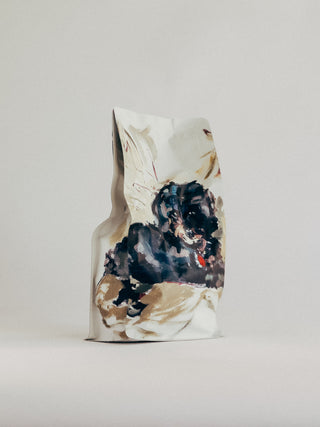
Buy quality beans
The price of single origin or specialty coffee is worth it, trust me. Not only do these beans undergo a rigorous rating process graded by the sommeliers of the coffee word, they’re bred for their flavor. They taste of flowers and citrus, not oatmeal and burning tires.
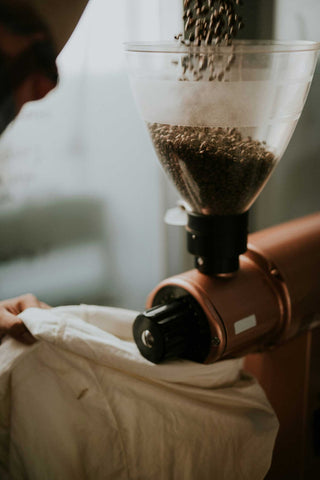
Invest in a good grinder
I’m talking about an actual high-quality coffee grinder, one that will grind your coffee to the exact size preferred by your brewing method of choice; not a food processor masquerading as a coffee grinder. This may be the single most important part of what makes your coffee truly spectacular. If you drink coffee every day, don't skimp out on your grinder.
A note on grind size
How course or fine you grind your coffee is largely dependent on how you prefer to brew your coffee. Here are a few examples of how we recommend you grind your coffee based on your brewing method.
Pro tip: if you find your coffee is taking too long to brew and tastes bitter and too strong, you should grind a little coarser. If it’s brewing too fast and tastes thin and weak, you can try grinding a little finer. Experiment until you land on a grind that works for you and your brewer.
- Coarse Grind: French press
- Medium-Coarse Grind: Chemex, pour-over
- Medium Grind: Drip coffee makers with flat-bottom filters
- Medium-Fine Grind: Cone-shaped pour-over filters, Aeropress
- Fine Grind: Espresso machines and Turkish coffee
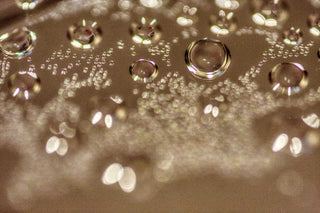
Get the water temperature right
Keep your water’s temperature between 195-205°F(90-96°C). Anything higher and you risk over-extracting your coffee, leaving you with a bunch of bitterness, both in flavor and mood. Anything lower than 195°F will lack sweetness. What you’ll get is a sour and slightly salty brew. Don't have a thermometer handy? No worries. You can always boil your water and wait a minute after it's finished boiling to ensure the temperature is juuuuust right.

Use filtered water
Coffee is primarily composed of water, signifying that the quality you choose actually matters. While hard water contains magnesium and calcium, enhancing coffee’s more pleasing flavor profiles, it also carries bicarbonates that accentuate bitterness. On the flip side, soft water, enriched with sodium, may leave your coffee tasting somewhat muted.
The best choice for home brewers is filtered water. It’s easily accessible, affordable, doesn’t introduce chemicals, and retains enough minerals to enhance the flavor of your coffee. If you really want to up your water game, you can always purchase additives made specifically for coffee that create the ideal brewing water. Our friends at Perfect Coffee Water and Third Wave Water have some handy single-use packets. Check 'em out if you have the chance.
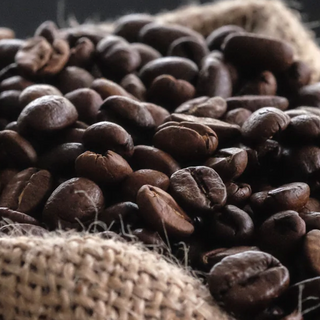
Figure out which roasts you like
Roasts can be categorized into four main groups: light, medium, medium-dark, and dark (yes, these categories can be broken down even further. We’ll resume this discussion at a later date). Their general descriptions are as follows:
Light Roast: Floral, fruity, tea-like, acidic, crisp, bright
Medium Roast: Well-rounded, nutty, with hints of chocolate or caramel, and balanced acidity.
Medium-Dark Roast: Rich, robust, bittersweet, with notes of chocolate and toasted grains.
Dark Roasts: Bold and intense, smoky and charred, with a pronounced bitterness and chocolate undertones.
Our advice? Sample as many coffees as possible and jot down notes on the specific flavors your palate enjoys. Not all roasts are created equal; you might love a dark roast from one producer and despise it from another.
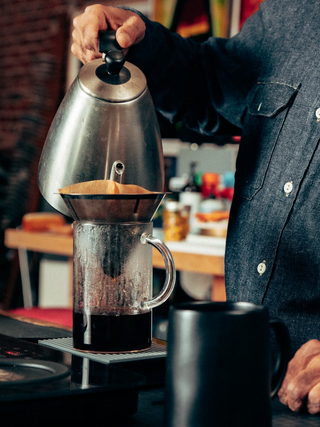
Choose whats right for you
Brewing methods aren't merely a means to an end; certain tools excel at enhancing flavors in specific roasts. The French press, for instance, is great at extracting maximum intensity from a coffee bean, making it the ideal companion for a bold, dark roast or for people who like to mix in a little cream or sugar. Opt for pour-over methods to accentuate the delicate qualities of light roasts. If you're in the mood for consistency and smoothness, pair a medium roast with an Aeropress to get the comfort you crave.
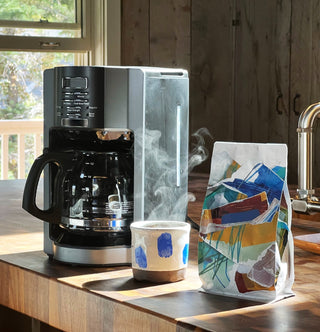
Don't be afraid to experiment
Life is a series of trial and error, each error inching us closer to this nebulous idea of perfection. Coffee is really no different. The best cup will come from your ability to follow directions, hone your technique (repetition), and experiment. Once your foundation is solid, you can figure out what you want. Once you figure out what you want, break some rules to get it. And if all else fails, bother your local barista; they will eventually make you the best cup of coffee.
There you have it
You have everything you need to know to make the best coffee you've ever tasted. All that's left for you to do is get out there and start experimenting. Here's a few of our favorite coffees - take a look at what we have on offer and get brewing!
For more helpful tips on brewing better coffee at home, click here to view our brewing guide.



